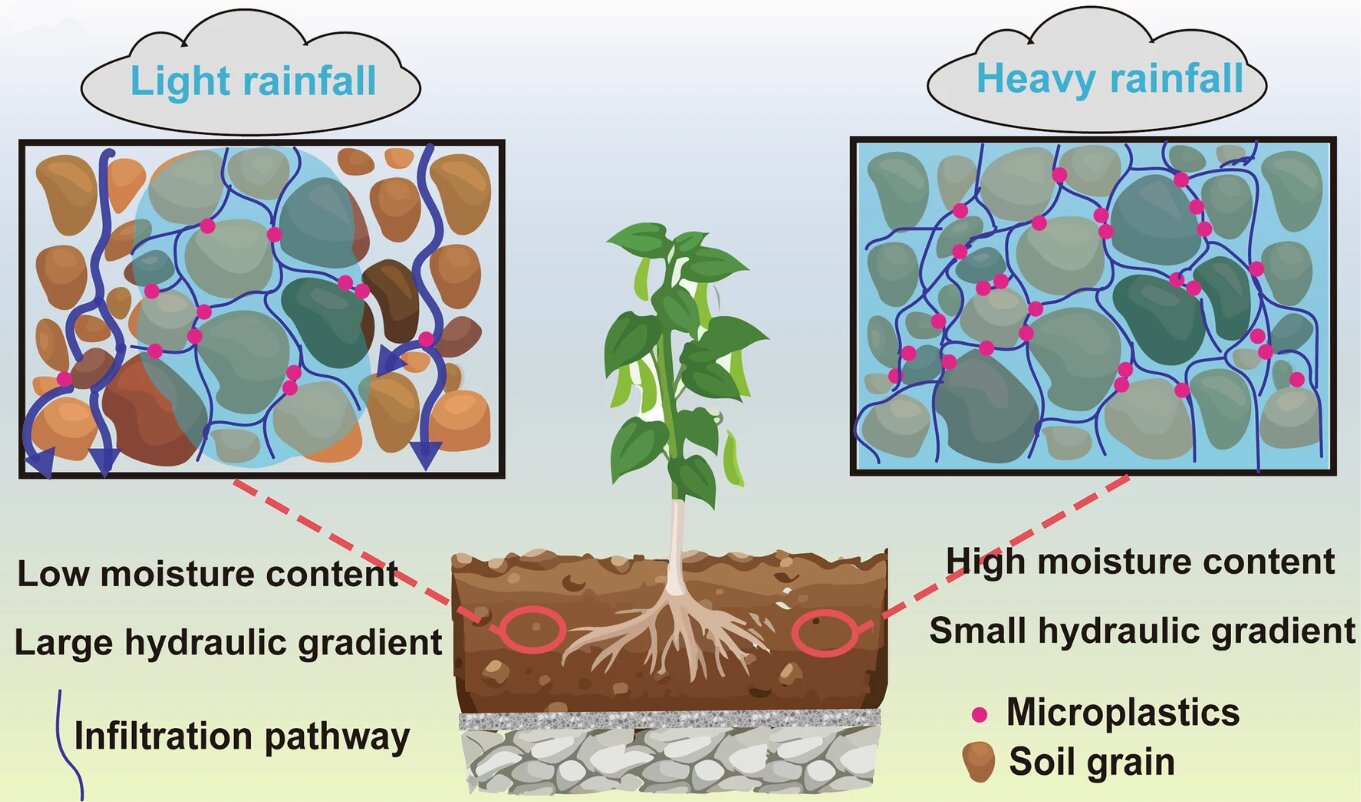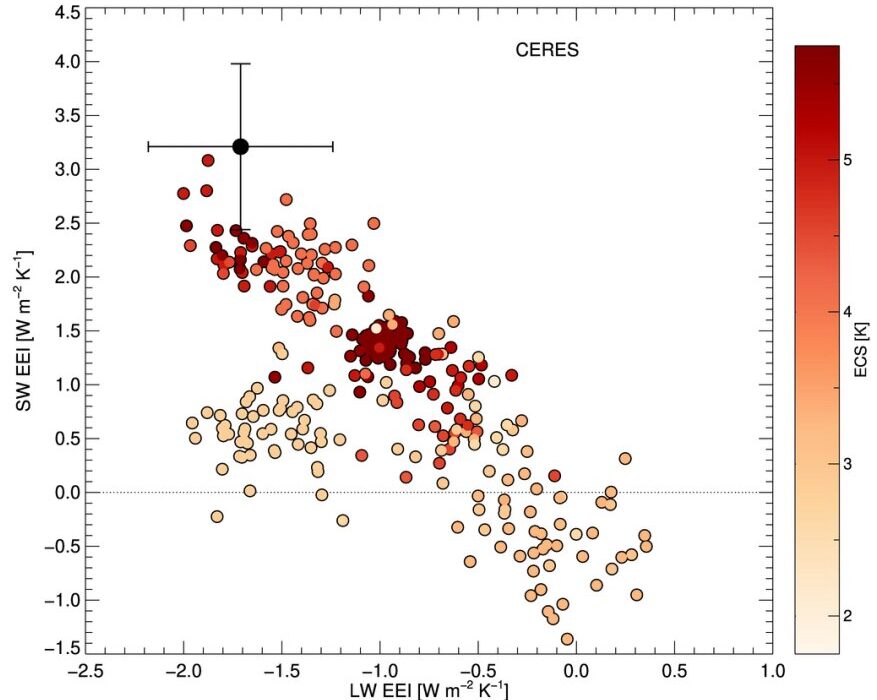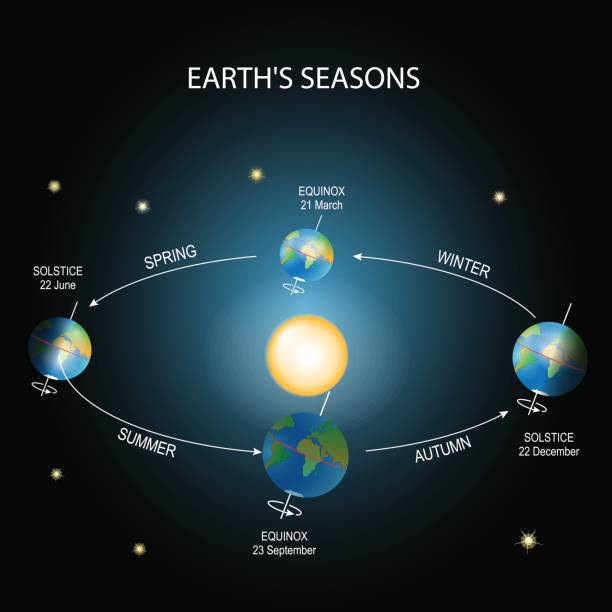As the global crisis of plastic pollution deepens, attention often turns to the oceans—where bottles, bags, and broken fragments wash ashore in waves of debris. But far above ground level, invisible invaders are swirling through the air we breathe: microplastics, tiny synthetic particles shed from clothes, packaging, car tires, and city dust. They settle on our skin, find their way into our lungs, and have been discovered as far afield as Arctic snow and mountain peaks.
Now, a small team of researchers from Tongji University and the Shanghai Academy of Landscape Architecture Science and Planning has made a discovery that could shift how cities fight this airborne menace. Their study, published in Communications Earth & Environment, reveals that green roofs—those simple patches of vegetation planted atop city buildings—can quietly and effectively remove microplastics from the air.
In fact, their experimental rooftop garden removed up to 97.5% of microplastics from simulated rainfall.
It’s a hopeful finding, tucked in the soil and leaves of plants that may become an unexpected frontline defense in the age of plastic.
A Tiny Problem with Massive Reach
Microplastics, typically defined as particles less than 5 millimeters in diameter, are now found virtually everywhere on Earth. They originate from a thousand sources—degraded packaging, car tire dust, laundry wastewater, industrial fallout—and travel invisibly on wind currents. We know they’re in oceans and soil, but increasingly, researchers are discovering microplastics raining from the skies onto cities.
For the scientists in Shanghai, a city of 25 million people and endless rooftops, the question was simple but profound: Could plants—already proven to cool buildings, filter pollutants, and beautify urban spaces—also help trap these airborne particles?
The Rooftop Experiment
To find out, the research team built a miniature green roof system inside a controlled laboratory setting. They mimicked real-world conditions as closely as possible, layering fresh soil just a few centimeters thick and planting two common rooftop species native to Shanghai. Overhead, they introduced microplastic particles into the air—fine, synthetic fragments and fibers designed to mirror actual atmospheric conditions in the city.
Then came the rain.
Simulated showers washed over the experimental garden, and with each artificial rainfall, researchers collected and analyzed water samples, soil content, and plant surfaces.
What they found astonished them.
Not only did the vegetation help capture microplastics during rain events, but the system as a whole—plants plus soil—removed almost all of the microplastics from the rainfall runoff. Over multiple rain simulations, the green roof continued to improve its collection efficiency. Heavier rain events even enhanced the removal rate.
Where the Plastics Went
So where, exactly, did the microplastics go?
The team noted that while some particles were intercepted by plant leaves, the vast majority were trapped in the soil. Fragment-shaped particles (think tiny shards from packaging or road dust) were especially well captured compared to fiber-shaped ones, like those from synthetic textiles.
This difference, they believe, stems from the interaction between soil composition and particle geometry. Flat, irregular fragments are more easily lodged among soil particles, while long, slender fibers may remain suspended or flow through water more easily.
Still, the sheer capture rate—nearly 98%—makes a compelling case for rethinking the role of green roofs in urban pollution control.
Scaling Up the Green Potential
The researchers then did something crucial. They took their lab results and applied them to real-world conditions in Shanghai.
Currently, the city has about 3.56 million square meters of rooftop vegetation. Not a small figure, but still a fraction of its total rooftop area. Based on the lab findings, the scientists calculated that if every rooftop in the city were transformed into a green roof, Shanghai could remove approximately 56.2 metric tons of airborne microplastic each year.
That’s over 120,000 pounds of microscopic plastic particles—trapped not in expensive air filters, but in humble garden soil.
More Than Just Pretty Plants
Green roofs have long been hailed as climate solutions. They reduce the urban heat island effect, cut energy costs, absorb carbon dioxide, and create habitats for insects and birds. They even help with stormwater runoff, reducing the burden on city drainage systems.
But this new research adds a powerful dimension to their potential: air purification on a micro scale.
It’s a quiet solution, free of fanfare or high-tech machinery. Just roots, leaves, and the silent labor of soil.
And it comes at a time when urban centers are desperate for cost-effective, sustainable methods to combat environmental challenges that are as diffuse and complex as airborne microplastics.
A Global Model in the Making?
While the study was conducted under lab conditions, the implications ripple far beyond Shanghai. Nearly every major city on Earth deals with microplastic pollution. And almost every city has underutilized rooftop space.
Scaling up green roofs is not a technical impossibility—it’s a matter of urban planning, policy incentives, and public will.
Moreover, the system doesn’t rely on any exotic technology or rare materials. It builds on what we already know: that nature, when given a place in our cities, often does the heavy lifting for us.
What’s Next?
The team acknowledges that more research is needed to fully understand the long-term behavior of microplastics in green roof systems—how they break down, whether they leach into groundwater, and how different plants or soil types might change outcomes.
Still, this study offers a proof-of-concept: that even as cities grow taller and denser, nature can still find its way to help us breathe a little easier.
It’s a small garden with a big job. And in the fight against pollution we cannot always see, it may just be the leafy, living solution we didn’t know we needed.
Reference: Jianshi Huang et al, Green roofs act as the first barrier to intercept microplastics from urban atmosphere, Communications Earth & Environment (2025). DOI: 10.1038/s43247-025-02407-w






